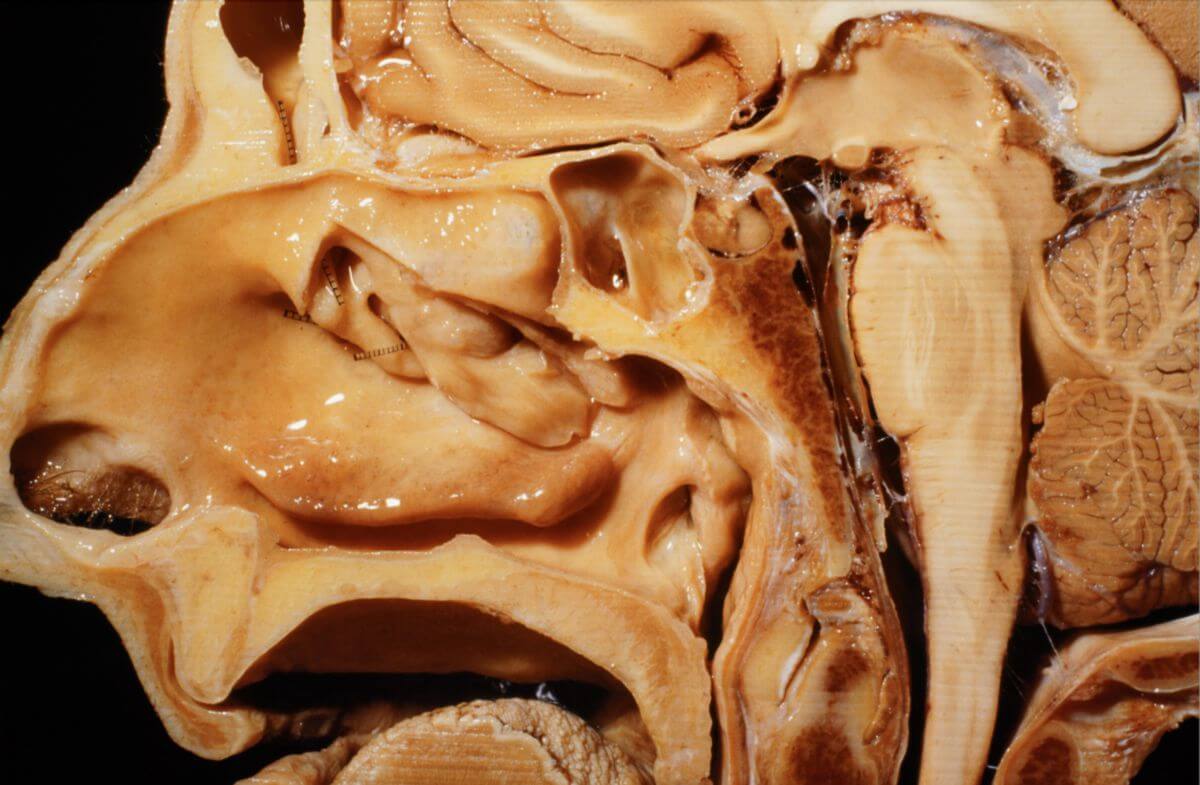Corpus: Pons
from Latin: pons - bridge
1. Definition
The pons is a section of the brainstem and is part of the central nervous system.
2. Topography
The cerebellum is located dorsal to the pons. Caudally, the pons connects to the medulla oblongata. Cranially, it transitions into the midbrain (mesencephalon), where the interpeduncular fossa is found. The fourth ventricle and the rhomboid fossa are situated between the pons and the cerebellum.
3. Anatomy
The pons is divided into two main parts: the pontine tegmentum and the basilar part of the pons. It houses several important cranial nerve nuclei, including:
- Abducens nerve nucleus
- Facial nerve nucleus
- Cochlear nuclei
- Vestibular nuclei of the vestibulocochlear nerve
- Principal sensory nucleus of the trigeminal nerve
- Motor nucleus of the trigeminal nerve
- Pontine nuclei
- Superior salivatory nucleus
3.1. Vascular supply
The pons is primarily supplied by small branches of the basilar artery, called the pontine arteries. Additional blood flow comes from the anterior inferior cerebellar artery.
Venous drainage occurs through the superior and inferior petrosal sinuses, the transverse sinus, or directly via the cerebellar veins.
4. Function
The pons plays a central role in sensory processing. It receives sensory input from the inner ear (internal auditory canal) and the face, transmitting this information to the cerebellum. Additionally, the pons functions as a control center for the modulation of the respiratory center in the medulla oblongata.
5. Literature
- Trepel, Neuroanatomie: Struktur und Funktion, Elsevier and Urban & Fischer Verlag, 2015



